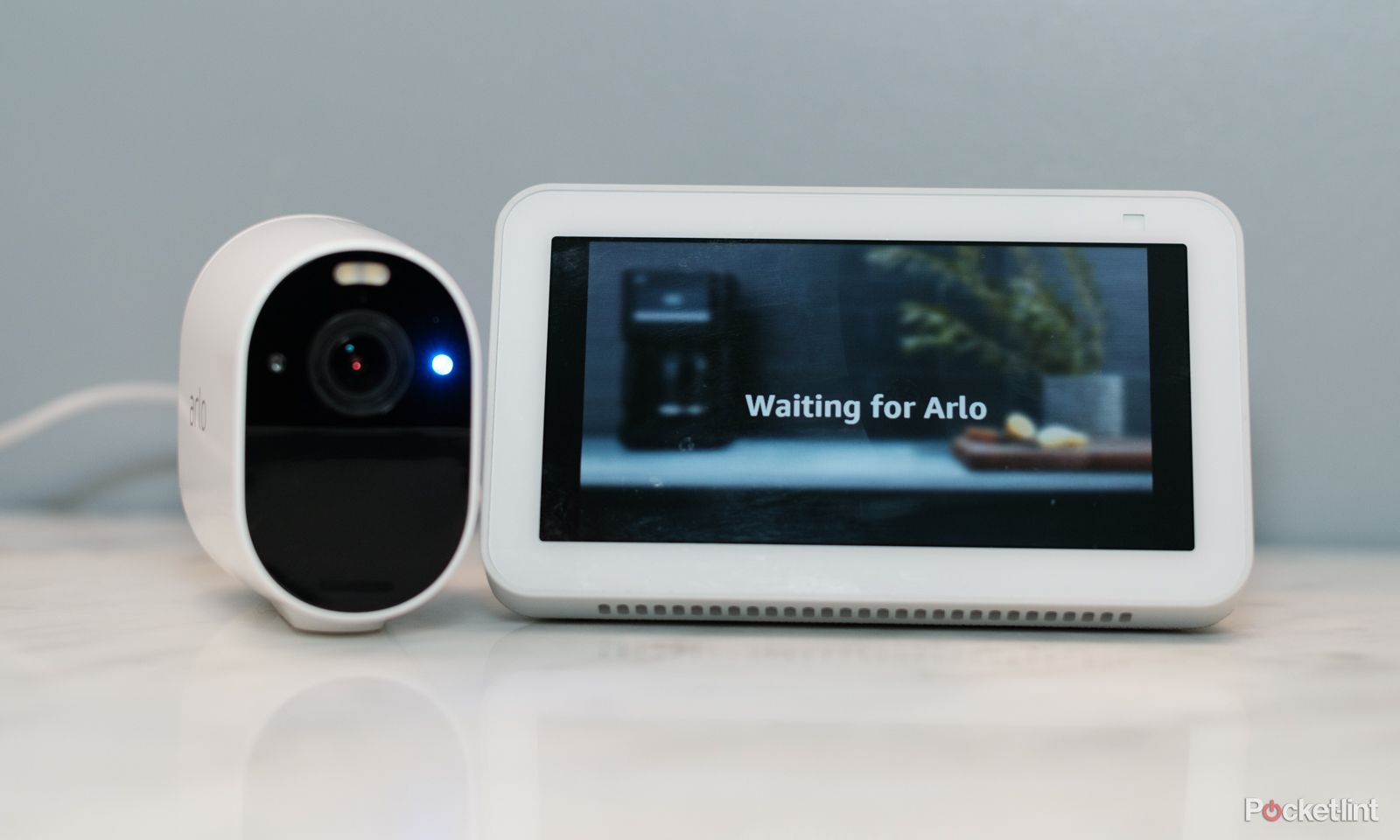Key Takeaways
- Thread enables faster response times, reliability, enhanced security, and less power consumption for smart home devices.
- Thread operates as a mesh network without third-party hubs, creating a more efficient communication system.
- Matter, the new standard designed to unify smart home devices, will prioritize Thread’s use for connecting devices, ensuring compatibility.
Smart home products have advanced by leaps and bounds over the last few years. Not only can you add technology to make life simpler around the home, but much of your devices talk to one another to perform automated tasks without you having to press buttons.
Amazon Echo Hub review: The best Echo yet for your smart home
Controlling your Alexa smart home with touch finally catches up with voice.
That’s thanks to the constant evolution of wireless protocols to perform the magic in the background. There’s been a lot of talk about Matter, for example, which is a unified standard that ensures products from different manufacturers all sing from the same hymn sheet. There’s also Thread, which is another piece of tech wizardry that you need to know about.
Here then is our handy guide on Thread and how it’s vital for the future of the smart home.
What is Thread?
Thread is a low-power wireless radio protocol for the smart home that enables devices to “talk” to one another.
It has some similarities to Zigbee and Z-Wave in the end result, but operates differently. Thread effectively works like a mesh network by making each compatible device in your household an access point.
That means, rather than each individual device requiring communication with one hub-like access point (such as your router or a smart hub), they can feed off each other — sharing and redistributing communications. Each Thread-enabled device will essentially be able to act as a mini-hub. This eliminates the need for third-party hubs, such as the Philips Hue Bridge or fourth-generation Amazon Echo. Not every device is a Thread-enabled device, however, so the technology is still a bit away from taking over your home.
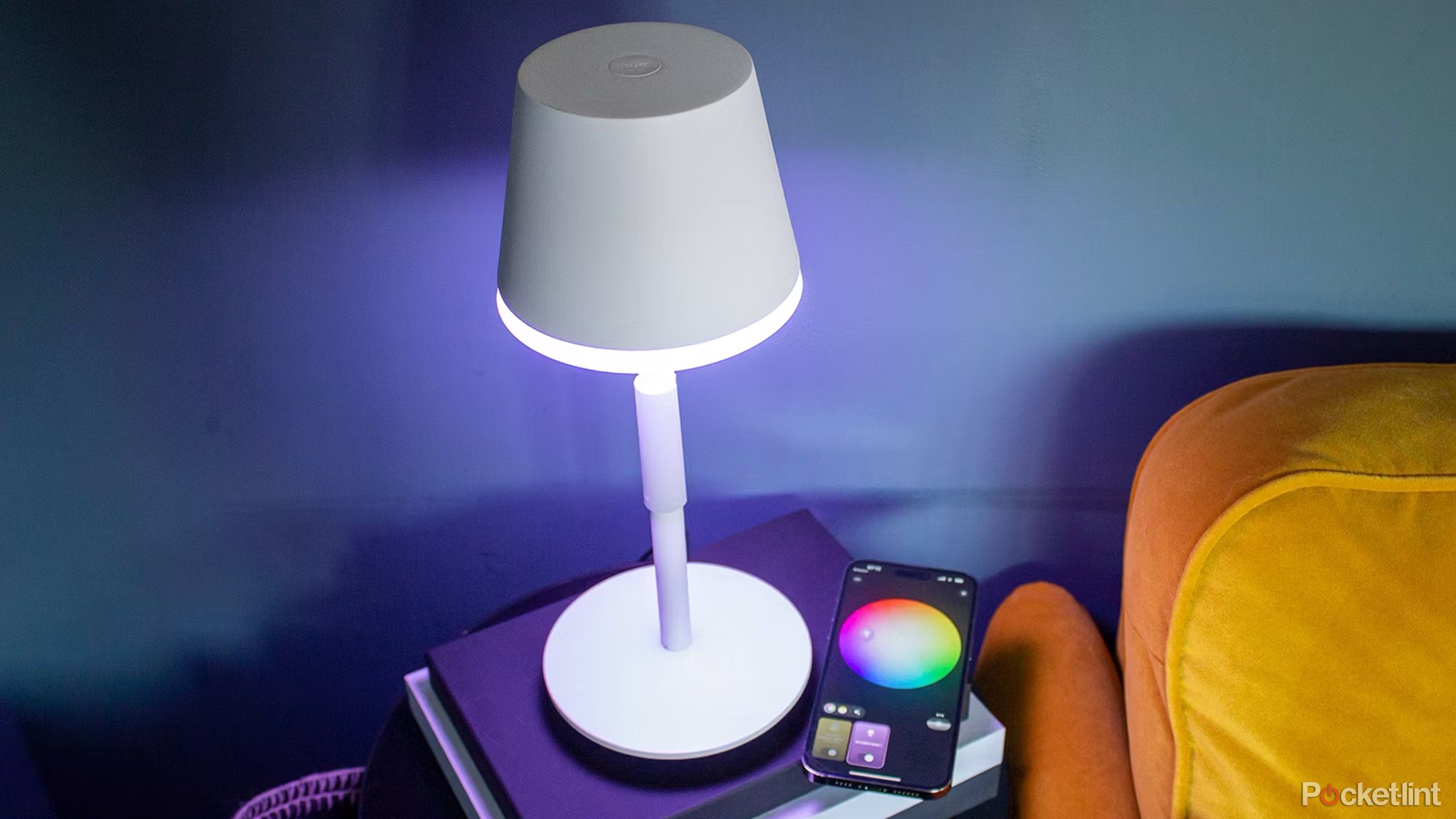 How does Thread affect your smart home?
How does Thread affect your smart home?
When compared with other wireless protocols, Thread provides a number of potential benefits.
It offers your smart home faster response times, improves reliability and better security — all while consuming less power.
Additionally, because there is no central hub connected to a router, the connection between devices allows you to still control them, even if one is unresponsive.
So, when creating routines, your typical smart home controller — usually operated by Google Assistant or Alexa — no longer has all the power. Your smart doorbell can still remain active via a direct link to your smart lights, for example.
Thread offers your smart home faster response times, improves reliability and better security — all while consuming less power.
It also works on a low latency connection. This means it offers similar high-speed exchanges to Z-Wave and Zigbee, but with one crucial difference — Apple supports it. In fact, Apple put a Thread radio in the iPhone 15 Pro because it was one of the companies that helped create the technology.
Thread takes advantage of the efficient IEEE 802.15.4 MAC/PHY protocol, too, which means that enabled devices consume less energy. This is to the benefit of battery-powered devices, like some doorbells, as they should be able to operate for longer between charges.
Thread is also a very secure system. Thanks to AES encryption, the Thread Group indicates it’s able to close holes that exist in other protocols.
Zigbee and Z-Wave also use this, though Thread has the advantage of backing this up with banking-standard cryptography. Devices in the network create secure individual connections with each other, which the Thread Group claims is more difficult to hack.
How many devices can Thread support?
According to the Thread Group, a network can support well over 250 devices with multiple hops, which is plenty — even if you have a well-developed smart home.
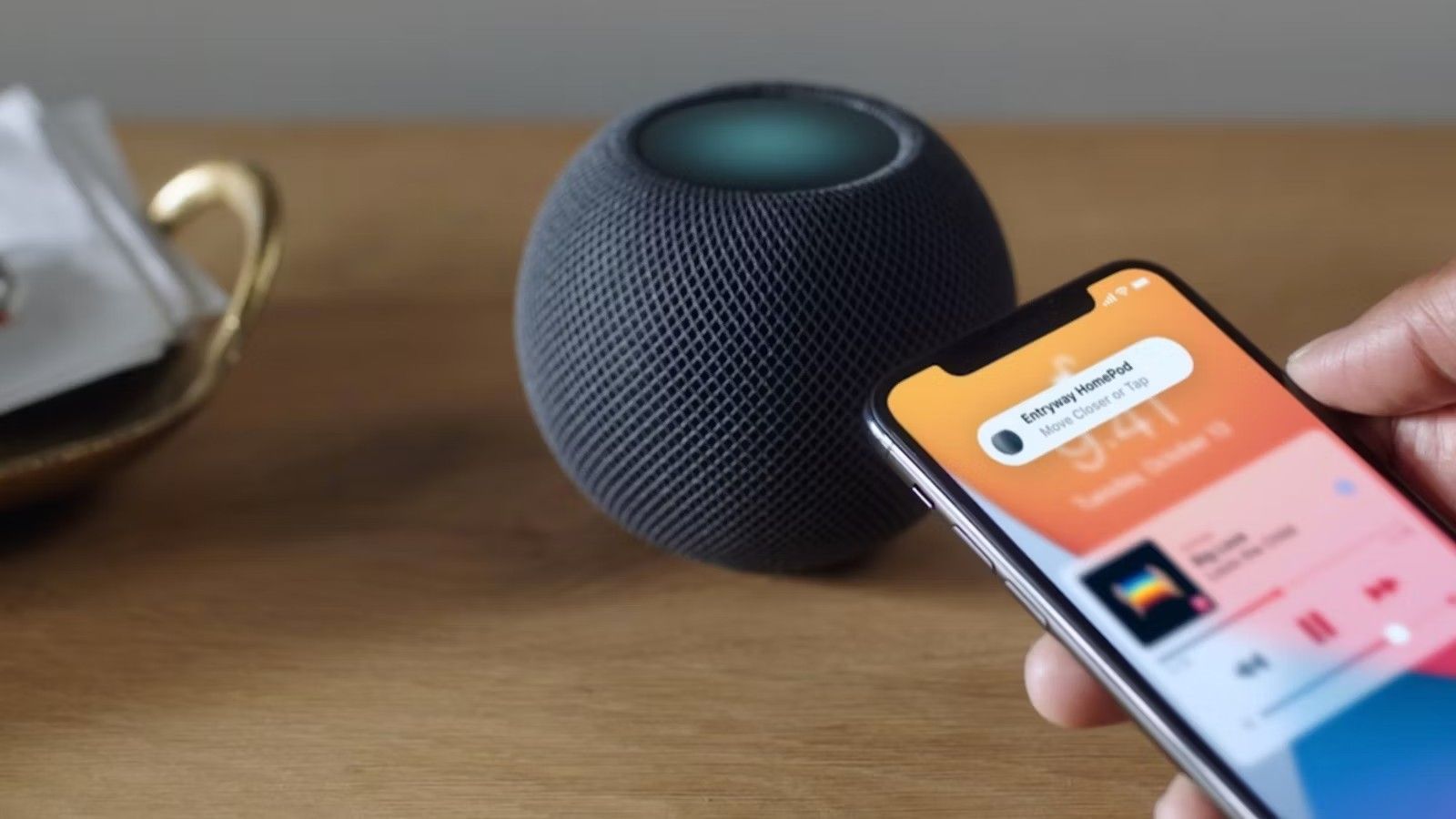 Who is behind Thread?
Who is behind Thread?
The Thread Group is less of a commercial entity and more of a not-for-profit organization. Its board has executives from tech’s biggest names, including Google, Apple and Qualcomm.
Rather than turn a profit or act as a standards body, the Thread Group is more concerned with educating the community and improving the smart home. Since cooperation is needed by more than just the three major names driving the smart home — Amazon, Google and Apple — the likes of LG, Signify, Samsung, Bosch, and Yale are also involved.
It also performs certifications on Thread-compatible products, naturally.
Which smart home devices support Thread?
More devices launch with Thread capabilities all the while. The most notable examples are probably the Apple HomePod Mini, some of the Amazon Echo Show, Google Nest Hub Max, though Nanoleaf includes Thread in all its new products, and the Eve Energy and Eve Aqua also have support.
Interestingly, as we saw with Eve, any device supporting the IEEE 802.15.4 protocol can become Thread-ready (Thready?) through a software update.
Below are some of the most well-known devices supporting Thread currently. However, you can also check the up-to-date list of all devices here. These range from smart blinds to routers to spotlights.
- Apple HomePod Mini
- Eve Energy smart plug
- Eve Window and Door sensors
- Eve Aqua
- Google Nest Wifi
- Google Nest Hub Max
- Nanoleaf Essentials A19 smart bulb
- Nanoleaf Essentials Smart Light Strip
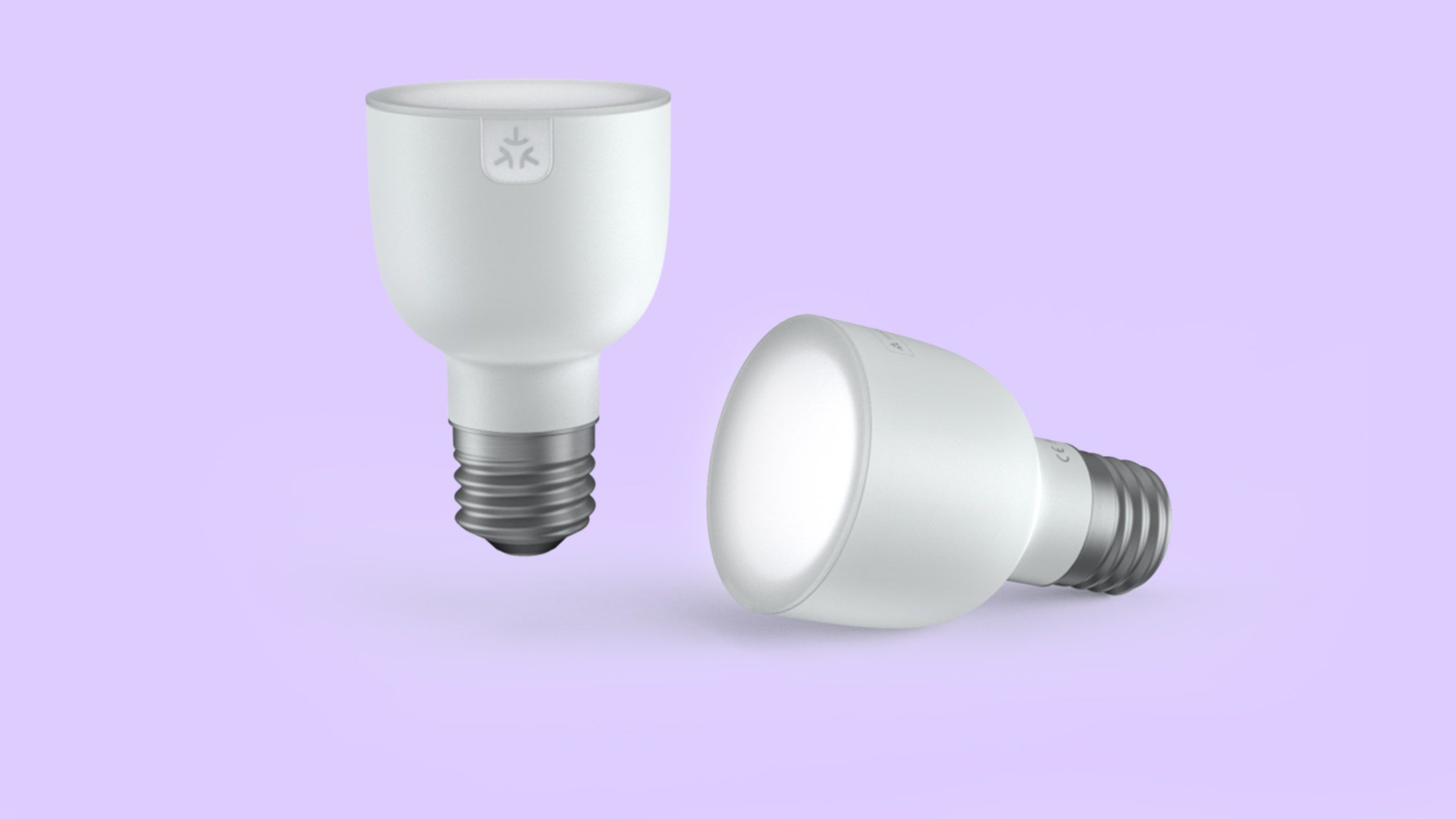 How does Thread work with Matter?
How does Thread work with Matter?
As we’ve alluded to, Matter is a new wireless standard designed to unify smart home devices under one certification to make things easier for both developers and consumers.
We’ve detailed some of the finer points in our complete guide to Matter, but Thread plays a very important role in its future, since it will only use both Thread radios and Wi-Fi to connect devices.
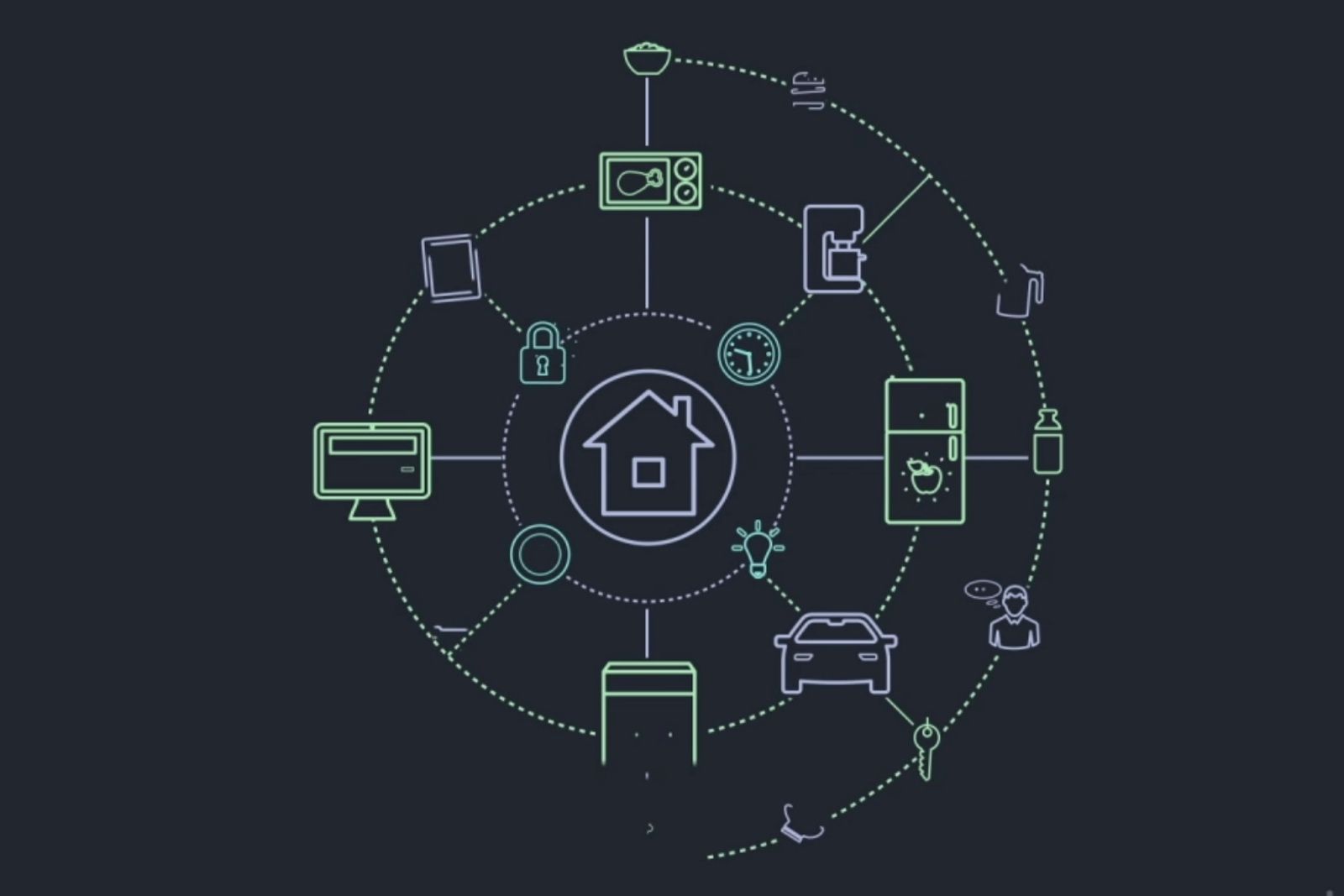
What is Matter and why is it important for your smart home?
A new wireless standard should unify the smart home and make operation easier for users. We detail everything you need to know about Matter.
Since Thread represents a bit of a step-on from the mesh networking capabilities of older standards, Matter prioritizing it in the new, unified smart home world does make sense — at least on paper. We’ve seen some of the latest innovations with products like the Aqara Motion and Light Sensor P2 that utilizes both Thread and Matter.
In reality, this partnership will likely lead to some smart home devices being left behind, and, perhaps, underscores the importance of a Thread radio in existing smart home devices. The future of smart home devices will be utilizing Thread and Matter, so the need for them to work out the kinks now is vital. But we are all in the world of having our smart home devices connecting to one another and working together to make our home, well, smarter.
Trending Products

Cooler Master MasterBox Q300L Micro-ATX Tower with Magnetic Design Dust Filter, Transparent Acrylic Side Panel…

ASUS TUF Gaming GT301 ZAKU II Edition ATX mid-Tower Compact case with Tempered Glass Side Panel, Honeycomb Front Panel…

ASUS TUF Gaming GT501 Mid-Tower Computer Case for up to EATX Motherboards with USB 3.0 Front Panel Cases GT501/GRY/WITH…

be quiet! Pure Base 500DX Black, Mid Tower ATX case, ARGB, 3 pre-installed Pure Wings 2, BGW37, tempered glass window

ASUS ROG Strix Helios GX601 White Edition RGB Mid-Tower Computer Case for ATX/EATX Motherboards with tempered glass…


